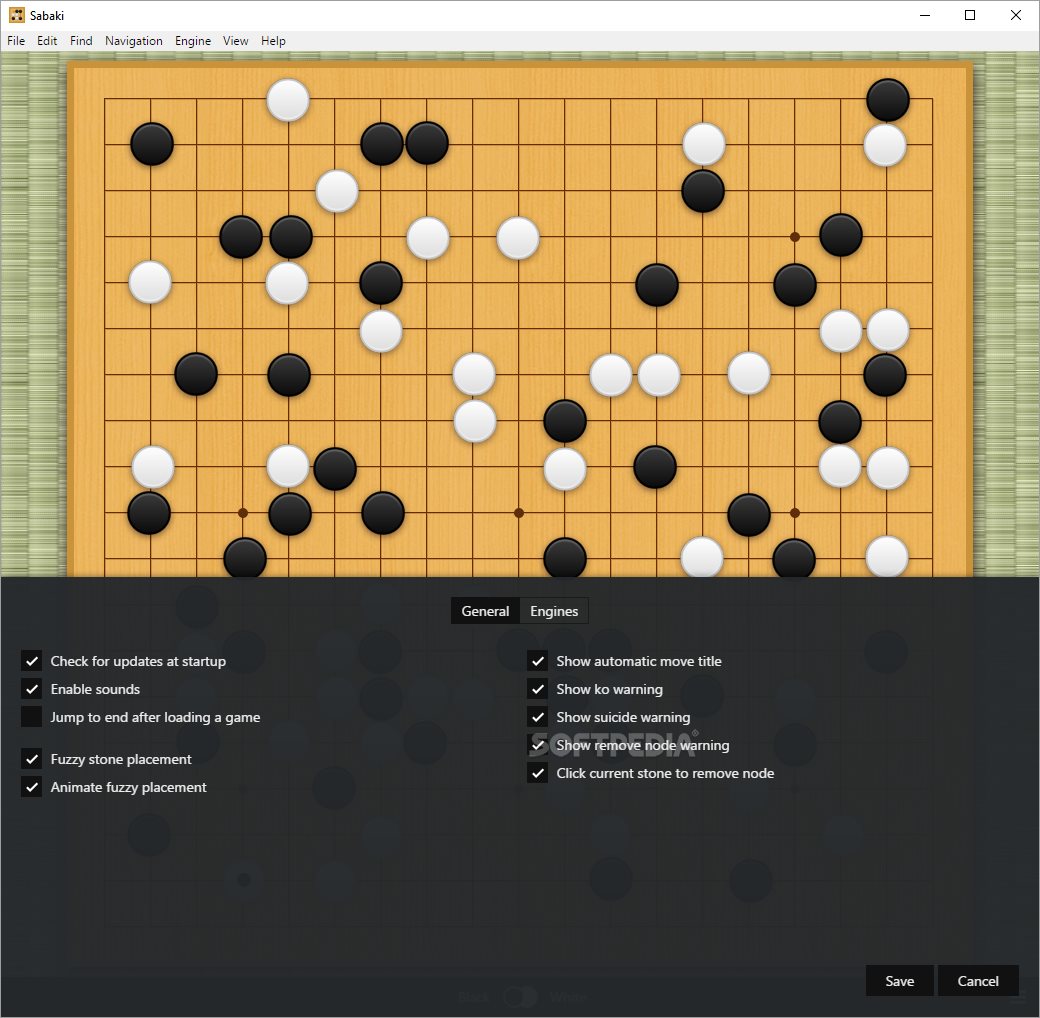

Shull said, unlike other Karate schools, VVKA is a school which primarily teaches Tai sabaki - the technique of receiving punches and kicks through shifting the body, or stepping back, and allowing an opponent’s attacks to be avoided. Sensei and teacher Thomas Shull and Sensei Monica Rolando conducted the eight week fall course in order to develop and prepare potential instructors in VVKA. 5, in the Vernon Valley Karate Academy (VVKA). Gamaku – Okinawan Hogen term for hips.VERNON - The Elite Karate Leadership Squad of ten students graduated, Dec. Tsugi Ashi – Shuffle step, back foot first Tai Sabaki – Body movement, shifting off semete’s attack line

Ni Ren Tsuki – Two continuous punches (Sanren is 3 continuous, etc.) Kote Kitae – Wrist toughening, forearm conditioning JAPANESE TERMS COMMONLY USED IN INTERMEDIATE KARATE CLASS, 3RD KYU, PURPLE BELT Zanshin – Remaining mind, leaving the moment of isshin and returning to the open state of mind, not concentrating on any one thing, ready. Isshin – One mind the state that exists when striking with Chakugan, Maai, Kiai, and Kime. Kiai – “Energy release” The karate yell (or breath) that can unbalance an opponent, prepare your body for contact, and add speed and power to your technique, Kime – Focus of power, focus of the technique Maai – “Interval” the moment when the perfect timing and distance exist together, the go zone,the place where the attack will be most effective. Wazari – Minor point, credit for the point, but not enough for an IpponĬhakugan – Focus of attention with the eyes

TAI SABAKI SHODAN FULL
Ippon Kumite – One full point wins the match Example: Maegeri Kekomi (front thrust kick) Pinan – Okinawa Hogen word for peaceful mind Kin Geri – Top of foot kick, usually go groin (Mata Kin Geri) Ushiro Mawashi Geri – “Back turning kick”‘ spinning back kick Ura Mawashi Geri – Reverse round kick, hook kick Tettsui Uchi – Iron hammer strike, hammer fist Hiraki Ashi – Open stepping, pivot by weighting your front foot, and turning with the back foot. Tai Sabaki – Body movement, strategic movement off the opponent’s attack line to gain advantage In our style, we often use Heiko Dachi and Shizentai as the same thing. Shizentai – Standing naturally, knees relaxed, not bent. JAPANESE TERMS COMMONLY USED IN INTRMEDIATE KARATE CLASS, 4TH KYU, GREEN BELT Ushiro Mawashigeri – Back round kick, spinning back kick Tori – Training partner who attacks you with a grab, a term used in Judo Taikioku – First course, first lesson, used for a beginner practice pattern to prepare for Pinan Kata, not an origional Shorinryu kata, a basic pattern used by many styles for practice. Shuri-te – Shuri hand, the original name for the karate of Shuri Castle in Okinawa Shorinryu – Small forest, name of Shuri-te by 1900. Shiho Ashi Sabaki – Four-way foot movement, moving in four directions Semete – An attacking person, term used in karate, opposite of Ukete Oshi Fumikomi – “Pushing stomping”, push stepping Migi – Right, to your right, migi te is right hand Mae – Front facing the front of the dojo, centerline of your opponent, or the first direction in kata. Kosa Dachi – Cross stance, seen in Pinan Shodan Kobayashi – Small forest, branch of Shorinryu Karate led by Chibana Sensei Kizami – Snapping, a quick snapping forward motion Ken – Weapon, can refer to sword, hand, fist. Example: Hidari ashi mae, kamaete! (left foot forward, get into position!) Usually preceded with a clarifying statement. JAPANESE TERMS COMMONLY USED IN INTERMEDIATE KARATE CLASS, 5TH KYU, BLUE BELT


 0 kommentar(er)
0 kommentar(er)
